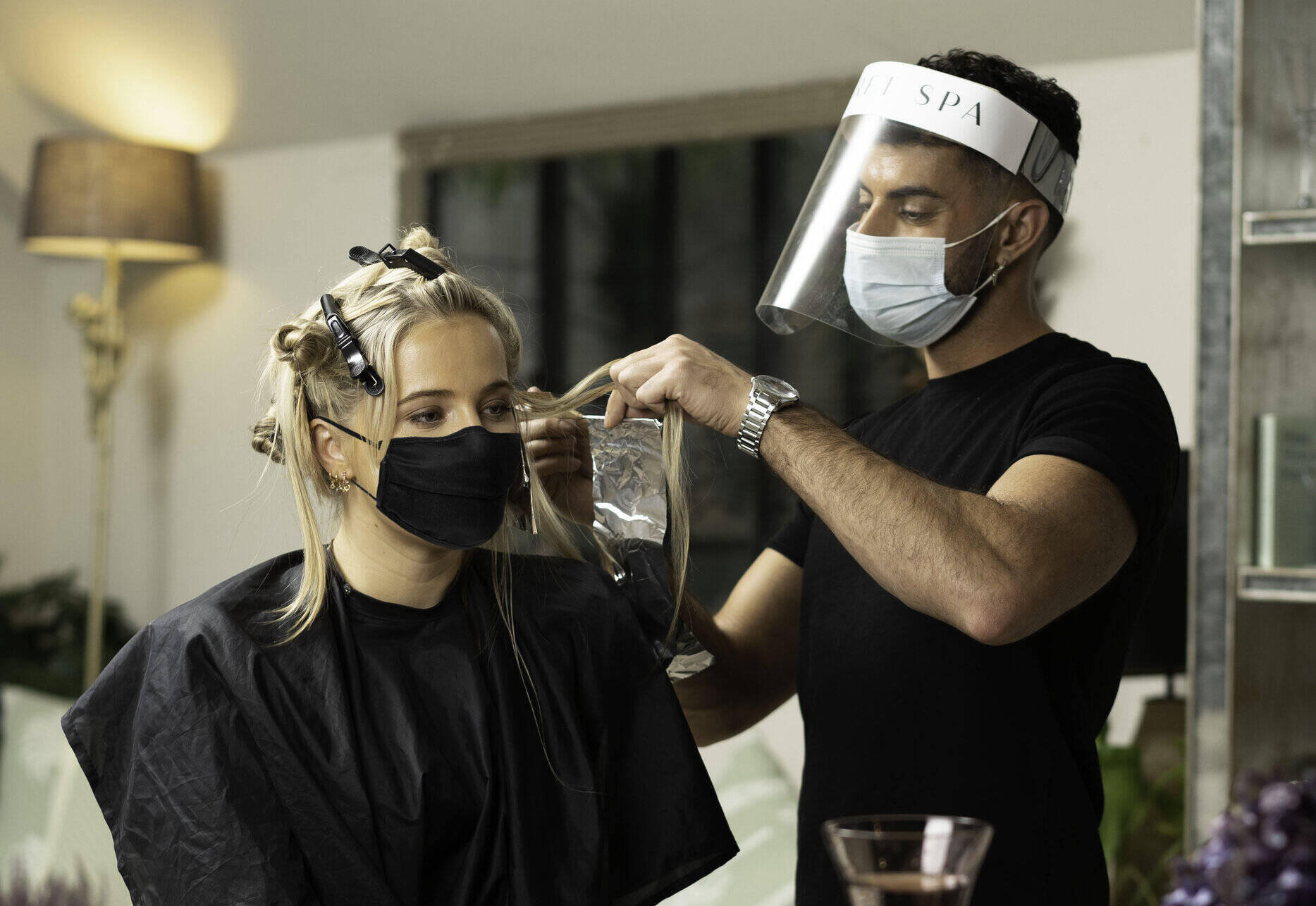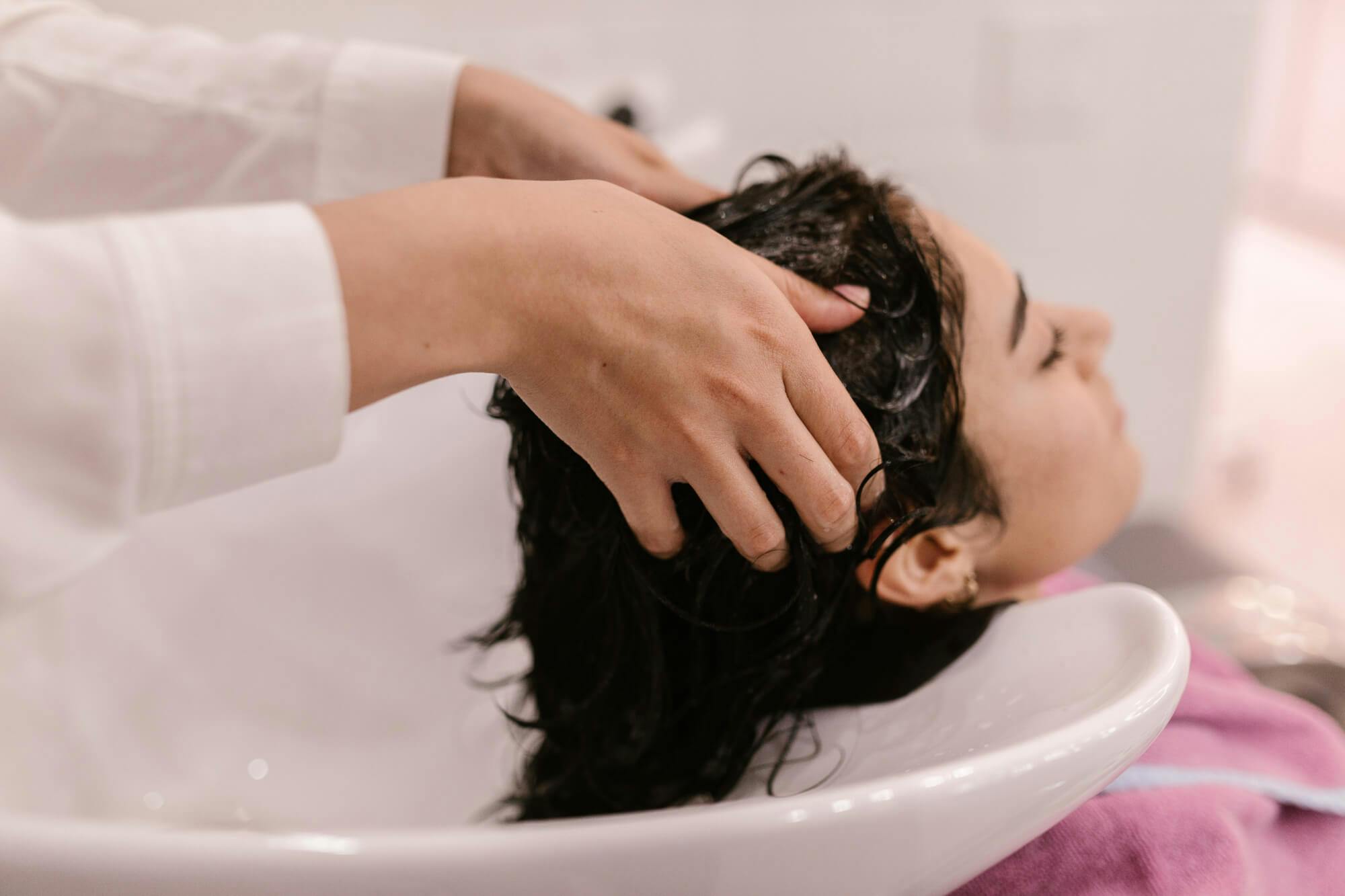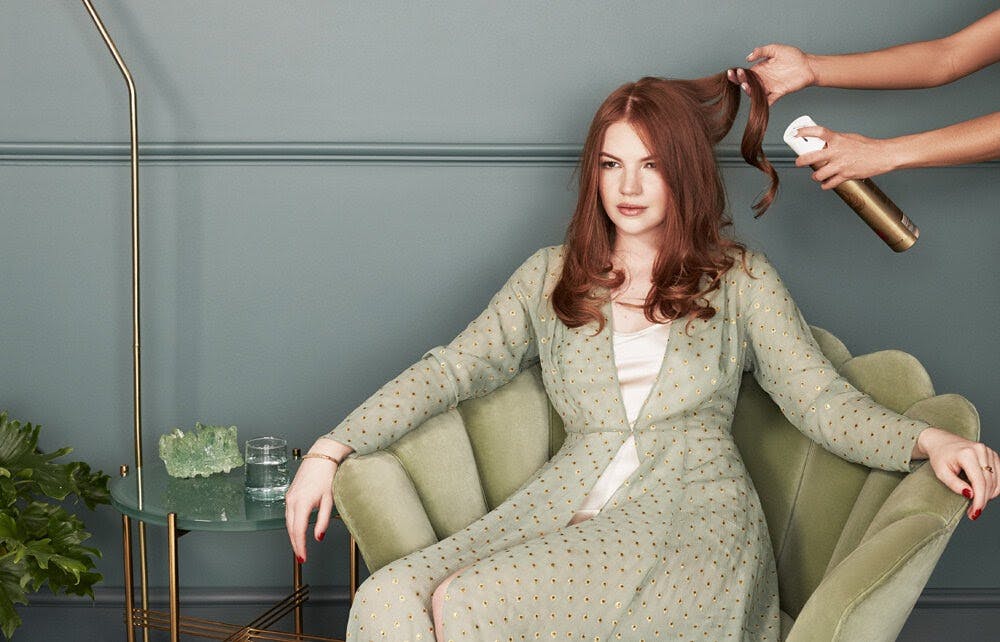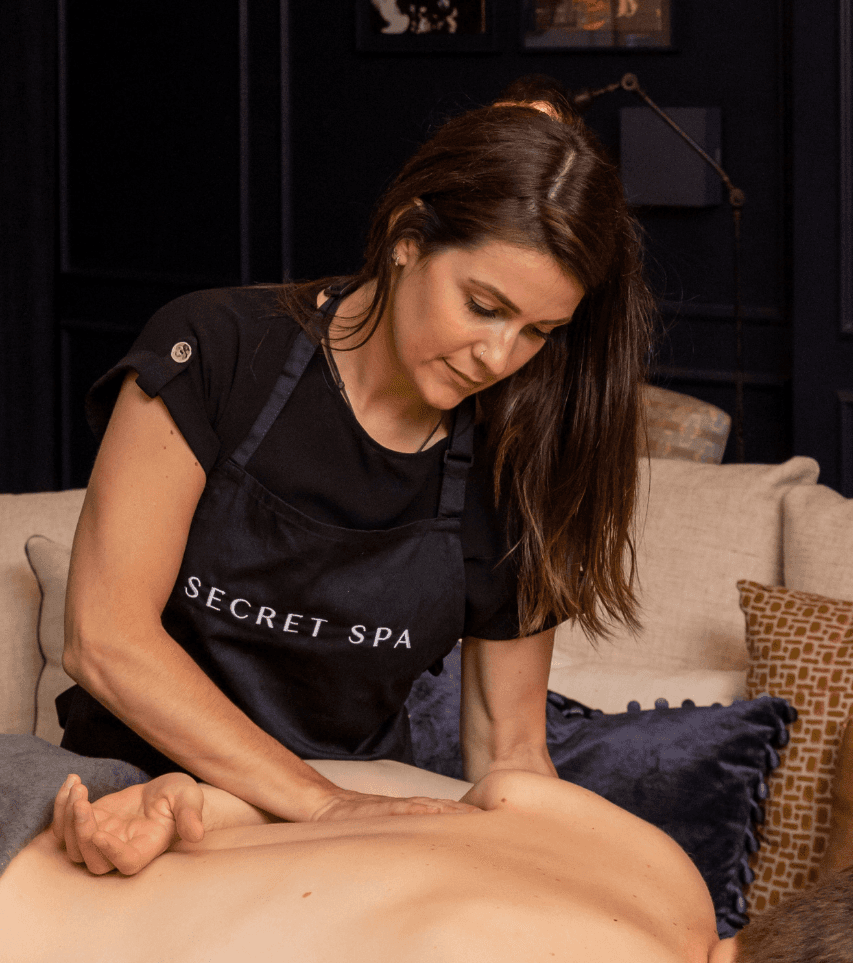What are the different types of hair dye and colour techniques?
Jan 4, 2021

At Secret Spa, we’re here to ensure that all of your hairdressing needs can be taken care of, at home. This also applies to having your hair coloured. But we know that it can seem a little daunting, trying to work out exactly what you want done. Of course, you can always speak to your Secret Spa stylist. But we thought it would be useful to share a guide to all the different types of hair dye and dyeing techniques.
Different types of hair dye
There are various different types of hair dye products, which can be used for different types of hair dyeing techniques. Let’s walk you through them:
Temporary hair colour:
Temporary hair dye can be used to change your hair colour, just for the short-term. This is sometimes known as wash-out hair dye. The product works by only coating the outer hair shaft, so that it’ll go away with a few washes. It’s great for a temporary look, such as a non-natural colour, or to see which longer-term effect you want to try without the commitment.
Those who regularly colour their hair, with permanent dyes or bleach, should be careful because this may cause temporary hair colour to hang around longer, or permanently stain. Generally, these are only effective with bright colours, or colours darker than your natural shade.
Semi-permanent hair dye:
If you’d like something longer lasting than temporary hair colour, then semi-permanent hair dye will give you a longer lasting look that will still ultimately wash out – usually after around 8 washes, or 6 weeks. Like temporary hair colour, they don’t use ammonia in their formulation, so generally look most effective when you choose a shade which is darker than your own hair colour.
Semi-permanent hair dye can be a great interim solution for covering grey in between having full colour applied. It also has the added benefit of adding a dash of shine and gloss if your coloured hair is looking a little lifeless.
Permanent hair colour
Permanent hair dye is the one to choose when you’re sure you want to stick to your colour choice for the longer term. This dye fully penetrates the shaft, usually using ammonia as the base, and as such permanently changes the colour.
It’s designed to last for weeks and weeks. However, all dye types fade to different degrees. You’ll still want it redone every 6-8 weeks, so that it still looks lustrous and glossy. And of course, you need to re-do it to tackle regrowth roots.
Being ammonia-based, you can use it to lighten your hair. You can also use it to create different tones and it gives the best grey coverage.
Different types of hair dyeing techniques
When you have your hair coloured by a professional, even at home, they will typically be using permanent hair dye. If you’d rather use a less permanent option, then do speak to your hairdresser. Whilst the dye used is permanent, it can be applied in different ways to create different looks.
Highlights:
Adding depth and vibrancy to your hair colour can be achieved by partial colouring, known as highlights. With highlights, only different segments are coloured. This creates a wonderful and lively look which balances shade, tone and depth. Your hair doesn’t look flat, but instead deeply multi-dimensional.
Ombre:
With the ombre hair dye technique, your natural colour remains intact at the roots and then subtly fades into lighter shades towards the ends. By doing it this way (with the roots being your natural colour), it’s easier to manage in the long term as you won’t have roots regrowth.
Balayage:
Balayage is a way of creating multi-tonal colour with your hair. The hair dye is effectively painted on, which creates different levels of natural looking highlights, mimicking how your natural hair has areas of greater and lesser intensity. It’s a complex technique, and is best done by a professional. Regrowth is less noticeable than with traditional full-head colour.
Lowlights:
Similar to highlights, with lowlights darker tones are added to different sections, again creating depth. They look particularly effective in autumn and winter.
All-over cover:
As its name suggests, with all-over cover, the permanent dye is applied equally across your full head of hair. This relies on your natural tonal changes still being somewhat reflected in how the dye ‘takes’ in order to create depth. But fundamentally the look is more consistent.
Roots touch-up:
With all over cover, regrowth can be quite noticeable with eye-catching roots. This will usually coincide with the colour across your hair seeming duller and flatter. A roots touch-up will apply colour to your roots, before a short time of being blended across your hair. The result looks as if you’ve had an all-over treatment.
Hair bleaching:
If you have dark hair and are looking for a substantial change, you may need to have hair bleaching done first. This will effectively give a good ‘blank canvas’ for your chosen colour. Otherwise you may find that you can’t achieve the colour you are looking for.
Choosing the right type of hair dye and technique
When you’re dealing with the potential for permanent change, you want to get it right! The best solution is to speak with a professional and explain the look you are after. They will then be able to explain the best of the different types of hair dyeing techniques to achieve that look.
At Secret Spa we offer you a range of different hair colouring techniques so that you can achieve the look you want. We offer professional hair colouring at home as part of our hairdressing service. You can choose to have highlights/lowlights, balayage or ombre, all-over colour or root touch-up either at the same time as having your hair styled, or as a standalone option.
Having your hair coloured at home is an efficient, comfortable and enjoyable experience. Book to have your hair colour done at home.
Book our
experts today
Related Articles
What is a Brazilian Blow Dry?
Jun 1, 2020
What hair colour suits me? Tips for choosing a hair colour
Mar 21, 2025
All you need to know about hair botox
Sep 14, 2022
Tips for making your blow dry last longer
Jun 15, 2021
How to care for bleached and dyed hair
Sep 7, 2021
How to protect your hair from the sun
Aug 18, 2020






